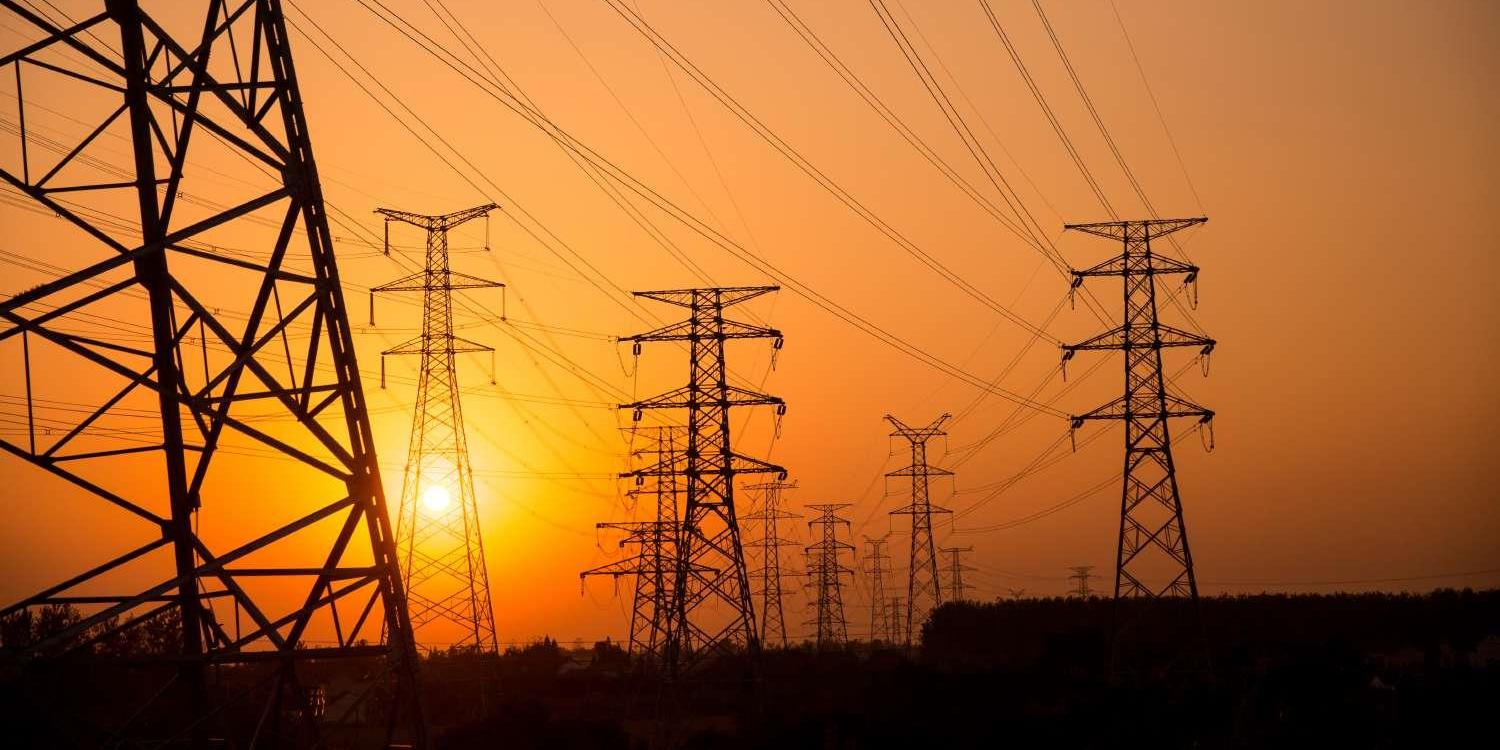
Forecasting accuracy brings ‘new energy’ to Cameroon

SAS helps utilities reduce the gap between forecast and actual demand.

$7 million saved
in the first few months
Eneo achieved this using • SAS® Energy Forecasting • SAS® Visual Analytics • SAS® Enterprise Miner™
Energy supplier Eneo balances supply and demand to boost efficiency, save millions and improve reliability with SAS® Energy Forecasting
Africa remains a continent with great energy potential yet to be developed. In Cameroon, a developing nation of 24 million on the coast of Central Africa, leading energy company Eneo is on a mission to change this. With a name meaning “new energy,” the country’s foremost electricity supplier is using SAS technology to provide more reliable energy and high-quality services to 1.2 million customers and growing.
In the past, the energy supplier concentrated on growth and never used analytics. Now it’s embracing analytics to better forecast energy demand, a capability that ultimately has broad economic and social implications for the energy-starved nation of Cameroon.
“Analytics allows us to strike the right balance between profitability and fulfilling our social obligations,” explains Duclaire Djeuga, Director of Planning and Regulation at Eneo. “Managing the needs of our market is a permanent challenge for our business, and SAS is instrumental in this.”
Analytics allows us to strike the right balance between profitability and fulfilling our social obligations.” Duclaire Djeuga Director of Planning and Regulation Eneo
Forecasting accuracy cause for optimism
For Eneo, the daily gap between forecast and actual demand was 8 percent on average before SAS. With SAS Energy Forecasting, the company is equipped to reduce that gap to less than 2 percent, thanks to more flexible modeling by geographical area and customer type, and the ability to factor in external variables such as climate and one-off events.
The test period is now complete and initial simulations are very encouraging, says Léonie Essama, Business Intelligence Manager. “We’ve greatly improved our accuracy. And whereas it used to take us three days to produce a monthly forecast, we can now do it in one hour.”
This boost in efficiency benefits the company and customers alike. Better forecasting means more reliable energy for businesses and households. Plus, by pinpointing areas with high or growing demand, the company can plan to generate more power in areas that need it most.
All this is grounds for optimism with the peak energy consumption period on the horizon. The company expects to further hone its forecasting process ahead of the hot season once it’s fully explored the software’s capabilities and optimized model selection.
ENEO – Facts & Figures
1.2 million
customers
39
power plants
1 hour
to produce monthly forecasts
Gains in marketing and operating efficiency
Eneo’s marketing has also entered the analytics era. Customer segmentation is underway and will be used to implement better marketing strategies and more targeted communications – areas that are increasingly important with the deregulation of the energy sector, which adds pressure on companies to improve service quality and customer relations.
“We have all kinds of data on our customers and had no way of using it … until now,” Essama says. “With SAS, we will finally have a detailed understanding of our customers and their needs.”
Analytics will also be used to drive operational efficiencies. The BI team now relies on SAS to streamline the data mining process and develop models quickly. At the outset this will help the company reduce the bad debt that’s accumulated in local branches because of long data processing times.
“Before SAS, we spent 80 percent of our time processing data and just 20 percent analyzing it. Those percentages have now flip-flopped, freeing up more time for us to plan and launch data-driven operational activities,” Essama says.
A democratic approach to analytics
Analytics is becoming a daily fixture for hundreds of Eneo employees. In addition to energy forecasting, the company also uses analytics for financial modeling, incident handling and fraud detection. Operational teams use analytics to improve service quality – particularly in areas with the need for real-time processing – while branch managers benefit from the intuitive dashboarding capabilities of SAS Visual Analytics.
“The platform is very user-friendly and is being leveraged by people who don’t have particular skills in statistics,” notes Essama, who has used SAS for 15 years.
With analytics brightening every part of the business, the energy supplier is implementing an extensive training plan to support the cultural shift. “We’ve made a strategic investment in SAS,” Essama concludes. “Now it’s time for us to achieve some tangible results and quick wins, and give SAS the position it deserves within the business.”
Les résultats présentés dans cet article sont spécifiques à des situations, problématiques métiers et données particulières, et aux environnements informatiques décrits. L'expérience de chaque client SAS est unique et dépend de variables commerciales et techniques propres, de ce fait les déclarations ci-dessus doivent être considérées dans un contexte. Les gains, résultats et performances peuvent varier selon les configurations et conditions de chaque client. SAS ne garantit ni ne déclare que chaque client obtiendra des résultats similaires. Les seules garanties relatives aux produits et services de SAS sont celles qui sont expressément stipulées dans les garanties contractuelles figurant dans l’accord écrit conclu avec SAS pour ces produits et services. Aucune information contenue dans le présent document ne peut être interprétée comme constituant une garantie supplémentaire. Les clients ont partagé leurs succès avec SAS dans le cadre d’un accord contractuel ou à la suite de la mise en œuvre réussie du progiciel SAS. Les noms de marques et de produits sont des marques déposées de leurs sociétés respectives.
